Installing And Owning Your Own District Fiber-Optic Internet
Innovative Leader Award - Gina Covington discusses how Texas City ISD used the federal E-Rate program to help install its own fiber-optic internet across the district
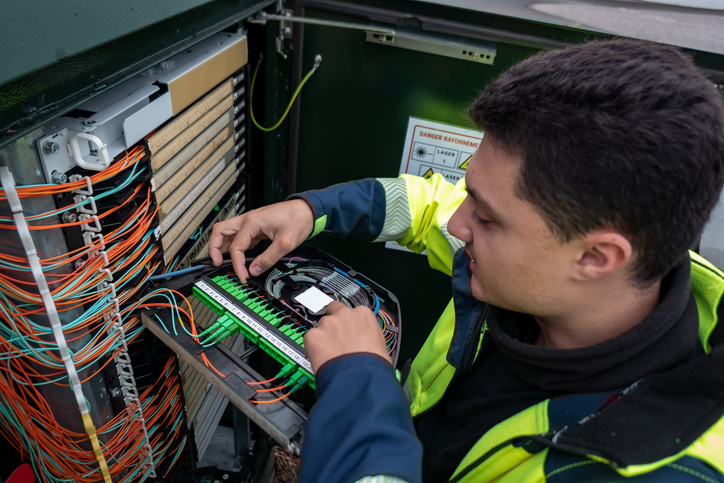
Texas City ISD’s E-Rate Fiber Project involved designing and planning the installation of district-owned fiber internet to six campuses from the former La Marque ISD that TCISD annexed in 2016. Instead of leasing fiber-optic connections from external providers, the district will now own and manage the entirety of its own fiber infrastructure.
“We were buying leased fiber from Comcast which gets really expensive,” says Gina Covington, CTO at TCISD. “We owned our own fiber originally so we knew we had the ability. Besides the price tag, not owning our own fiber in those campuses meant we were at their mercy regarding when they wanted to take it down to do maintenance.”
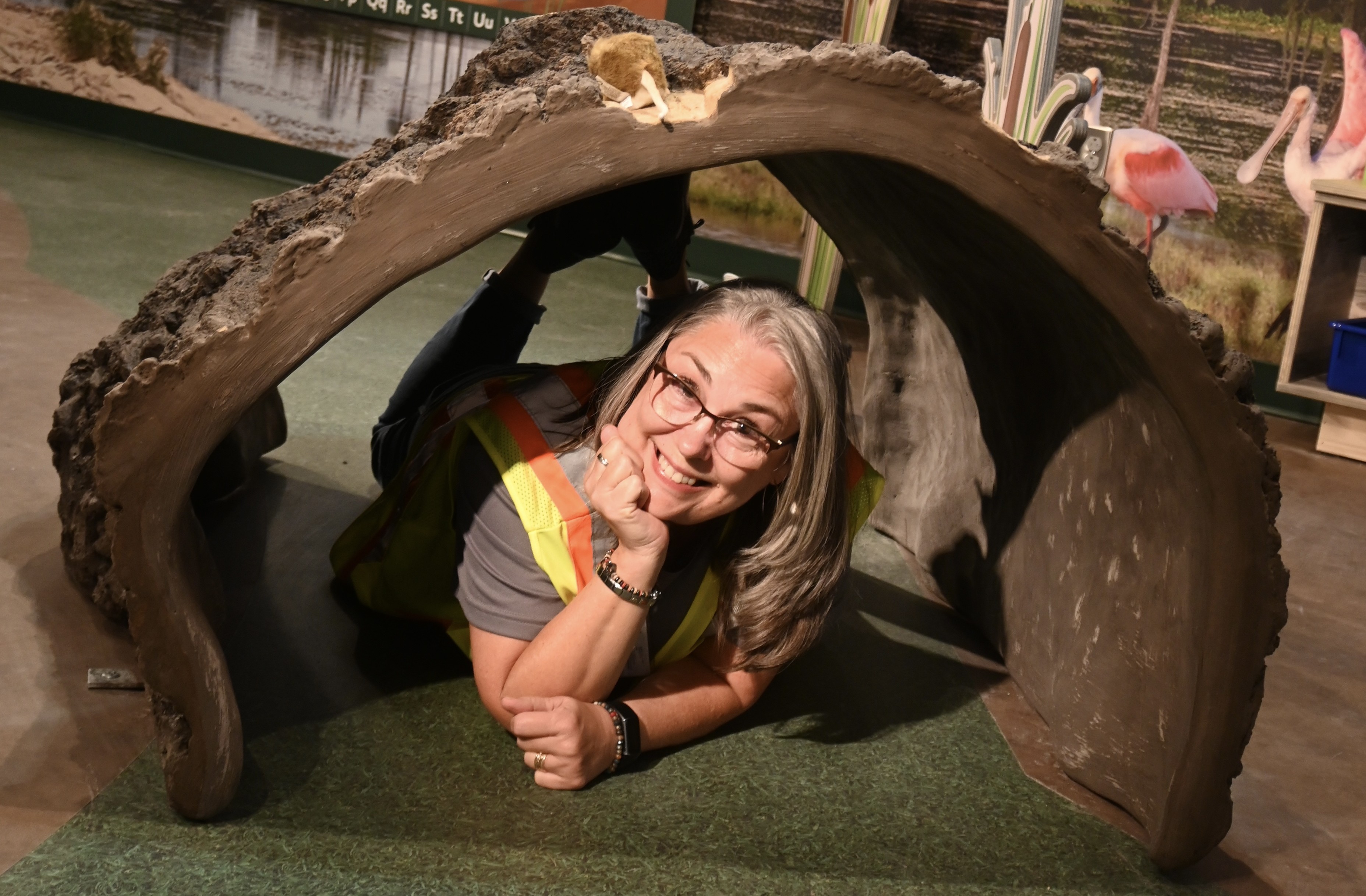
On a normal day, this might seem a matter of a small nuisance to plan around, but the district found out just how disruptive not having control of your access could be.
”We were just starting our official state testing and everything went dark,” Covington says. “We scrambled, ‘What is going on?’ They said, ‘Oh, we planned some maintenance and forgot to let you know. Don’t worry, it will be fixed in a couple of hours.’ We told them, ‘You can’t just do this—we are in state testing!’ They restarted it a few hours later, but by that time, it was too late and we had to cancel testing for the day. That meant having to contact the state and making arrangements for another test time, which was no small thing.”
For the fiber installation project and other efforts, Covington was recently recognized with the Innovative CTO Award at the Tech & Learning Regional Summit in Austin, part of the Innovative Leader Awards.
She shares how utilizing the eRate program allowed her district to take back ownership of its lifeline to connectivity for better reliability and cost savings.
Adding Fiber to The Digital Diet
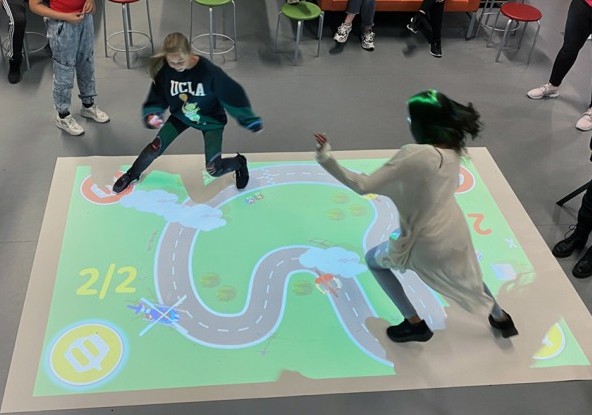
TCISD’s adopted lease-lit fiber campuses had already been disrupted at times due to unforeseen issues. In one case, a tree being cut in Dallas five hours away along the line shut down the entire area past the incident location.
“We had been trying to figure out a way to get this done,” Covington says. “We also had our original TCISD-owned fiber we wanted moved from overhead to underground, which is an expensive switch. We decided, let's go for an E-Rate project.”
Owning the fiber, controlling the maintenance timing, and being in control of issues that might arise to be able to efficiently address them outside of school hours was more than a matter of convenience, it was a matter of security.
“When we lost connectivity in the past due to outside forces, we suddenly had nothing,” Covington says. “It wasn’t just that we couldn’t go online for classwork, we were dead in the water. Our phones are IP phones. Our HVAC system, our cameras, our phone system, not only internally but for parents needing to get in touch with campus or their children, our badge access points—everything we have runs off our internet.”
An outside vendor’s whim of when to shut down for maintenance wasn’t the only challenge that made the project necessary. TCISD is located on the coastline, with some schools a mere 100 yards from the sea. Having overhead lines moved underground was critical to protect the fiber from hurricane winds, storms, and other environmental factors with potential damage along the Texas Coast.
“We are a heavy tech district,” says Covington. “Every student has a laptop, a Windows device. We have lots of access control, cameras, we have e-sports—you name it, we’ve got it. We are heavy on bandwidth and we need to make sure we have fast speed for everyone from students and teachers to our law enforcement and emergency management departments.”
E-Rate to the Rescue
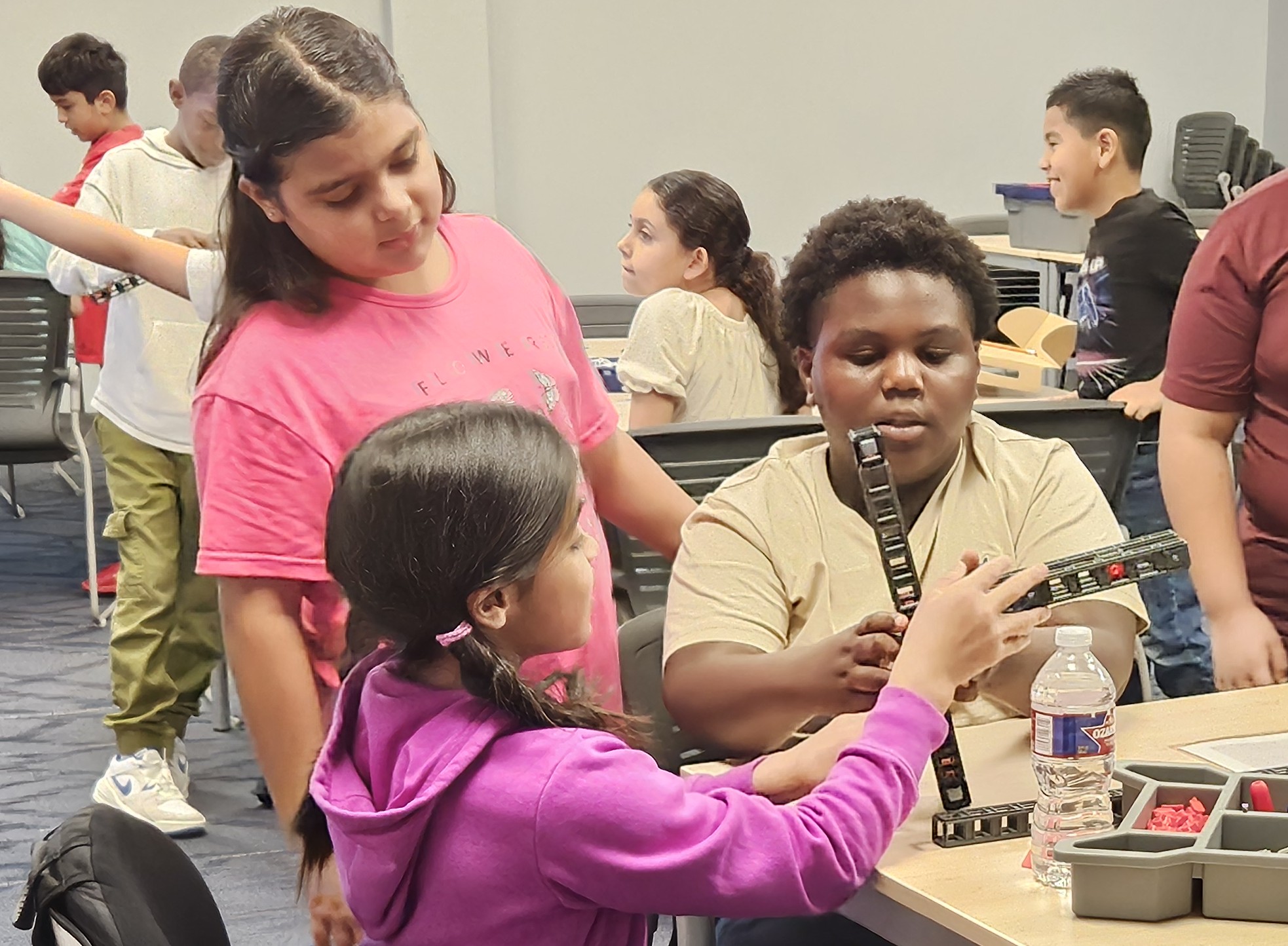
The FCC's E-Rate program aims to make telecommunications and information services more affordable for eligible schools and libraries with funding from the Universal Service Fund.
“We applied for it and got approved,” says Covington. “Owning the fiber for the six campuses as well as burying our overhead fibers was a $3 million dollar project. We paid about the equivalent of one year of the Comcast fiber rent and USAC through E-Rate covered the rest.”
The E-Rate program provides discounts from 20 to 90 percent, based on determinations of poverty level, rural status, and library designation. The funds are geared specifically toward telecommunications, Internet access, and internal connections.
“Owning the fiber infrastructure will not only improve our access, but eliminate the need for budget allocations for leasing fiber, resulting in long-term cost savings for the district,” Covington says.
The massive endeavor involved collaboration between the district and local government, as well as the Texas DoT and railroad commission, as installation requires digging and affects many entities. Overall, the E-Rate Fiber Project was the perfect strategic initiative aimed at enhancing the district's technological capabilities and ensuring a stable and efficient digital environment for all campuses.
“Owning our own fiber means for consistency, we are always up, always on,” Covington says. “In terms of bandwidth and speed, those campuses we took over didn't have quite the same speed that we had, so this provided some equity to bring them up to the same speed with the ability to expand.”
Reliability = Responsibility
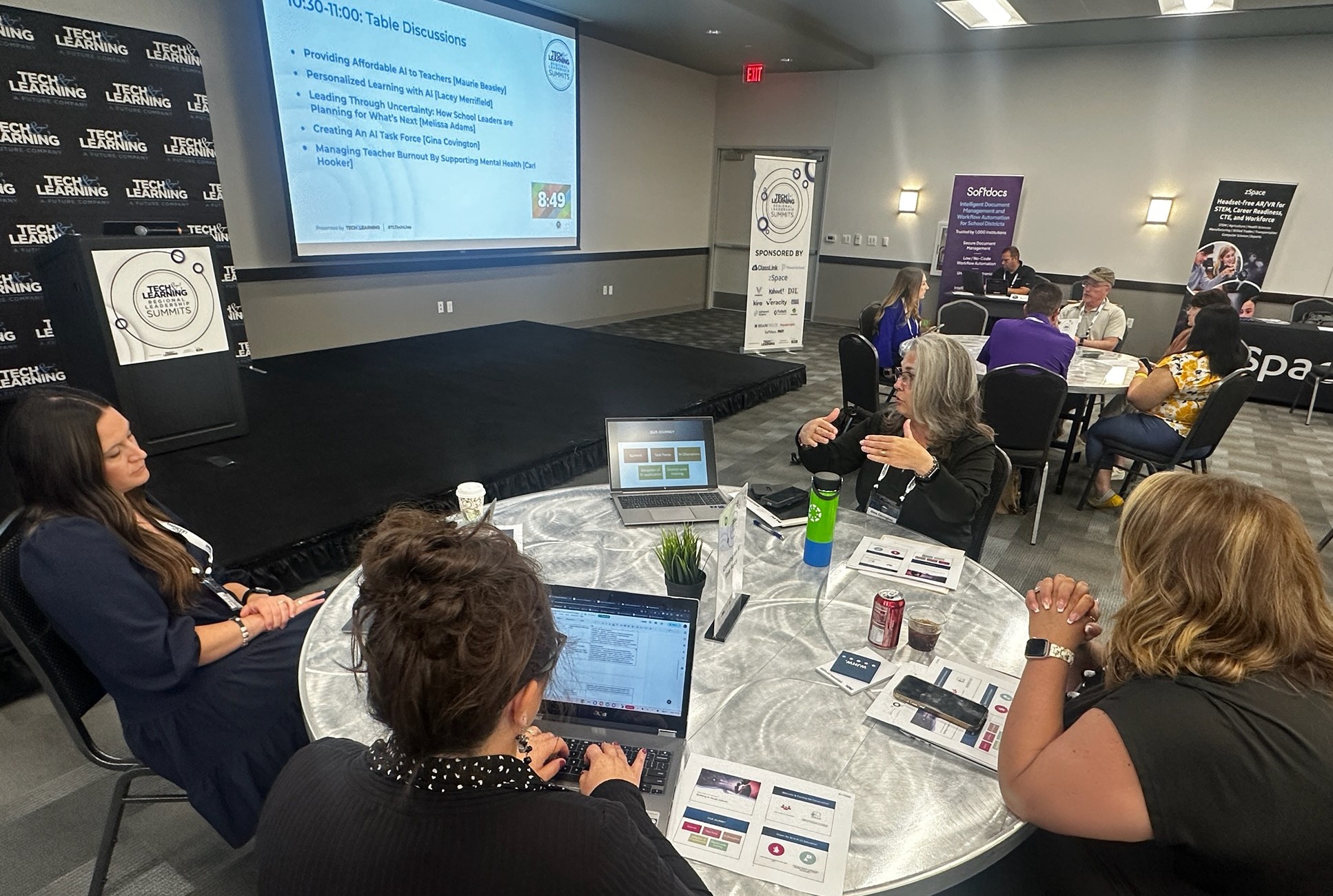
TCISD’s future-minded STEM Experience was designed to support the district's CTE pipeline by integrating coding and STEM activities early to prepare students for advanced technical and vocational training programs. The goal is to have every student learn to code by grade six.
“We start in Pre-K, teaching them how to program with color,” says Covington. “Purple means right, blue means left. They have little cars they can program by color. Then we move up to block coding, and on and on. Our area has a lot of petroleum refineries who are now looking for kids that can code because their machines are running off of coding. We're trying to prepare students to move into those fields.”
The STEM Experience includes robotics, makerspace, coding, and engineering design activities paving the way to future success. Schools have interactive walls and floors, and augmented VR tech in every campus. The district’s buses are equipped with WiFi so athletes can stay connected for studies on long rides to games. When hurricanes and storms hit, they drive those WiFi-enabled buses into neighborhoods without power or internet so students can stay on track.
With so many stakeholders relying on the ability to stay connected, finding a solution through the E-Rate Fiber Program was key for this Texas district to weather any storm.
“This will last for decades, that's the beauty of fiber,” says Covington. “We've set the next generation up for success. None of this would have been possible without my amazing team. These guys work so hard, You just can’t accomplish something of this level without such a cohesive group. We have a common vision. We always want to create a path for our students. That’s our job.”
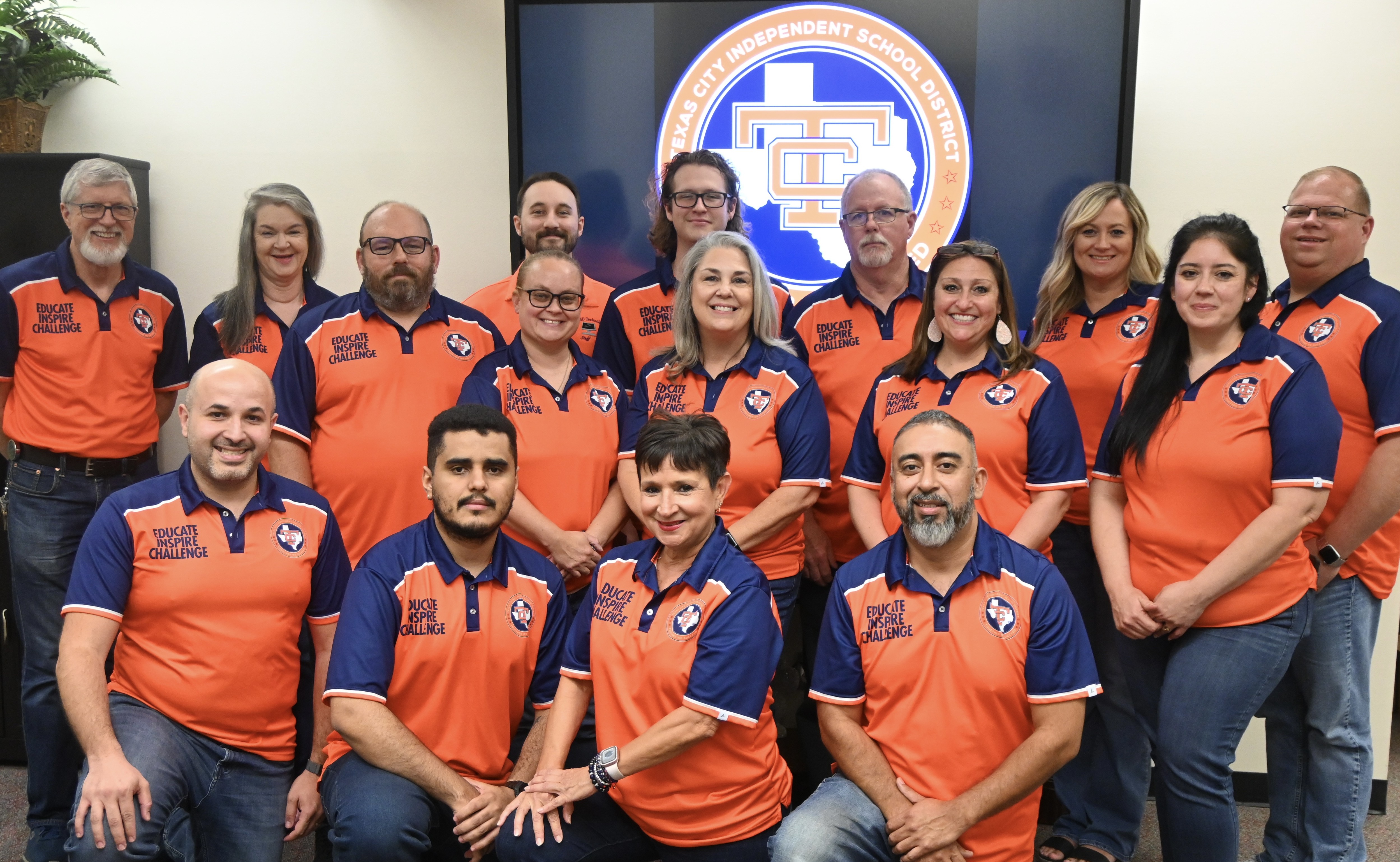
3 Tips for Districts Considering Infrastructure Improvements
- Plan far in advance. The partner you choose to do this is going to have to file all kinds of permitting documents with the state, Railroad Commission, DOT, etc. Don't expect it to happen within 12 months.
- Use the E-Rate program. Other grant programs might work well in your state or region, but whichever way you go, just don't fund it all yourself. The money is out there!
- Plan it to the granular level. Invite all the stakeholders to the table and really think it through. “It took us about a year of talking about it and mapping it out,” says Covington. “‘What bandwidth do we need? Do we need single mode? Do we need multi-mode? What speed are we looking for? How is this going to impact us?’”
Tools They Use
- Classlink
- Canvas
- MagicSchool
- ParentSquare
- Promethean Interactive Displays
- Sphero robots
- Aruba Central
- Lansweeper
- Lanschool
- Linewize
- Microsoft Intune
Enjoy our content? Make sure to add Tech & Learning as a preferred source on Google to keep up with our latest news, how-tos, profiles, events, and more.
Tools and ideas to transform education. Sign up below.
Sascha has nearly two decades of experience as a freelance journalist writing for national magazines, including The Washington Post, LA Times, Christian Science Monitor, National Geographic Traveler, and others. She writes about education, travel and culinary topics.

